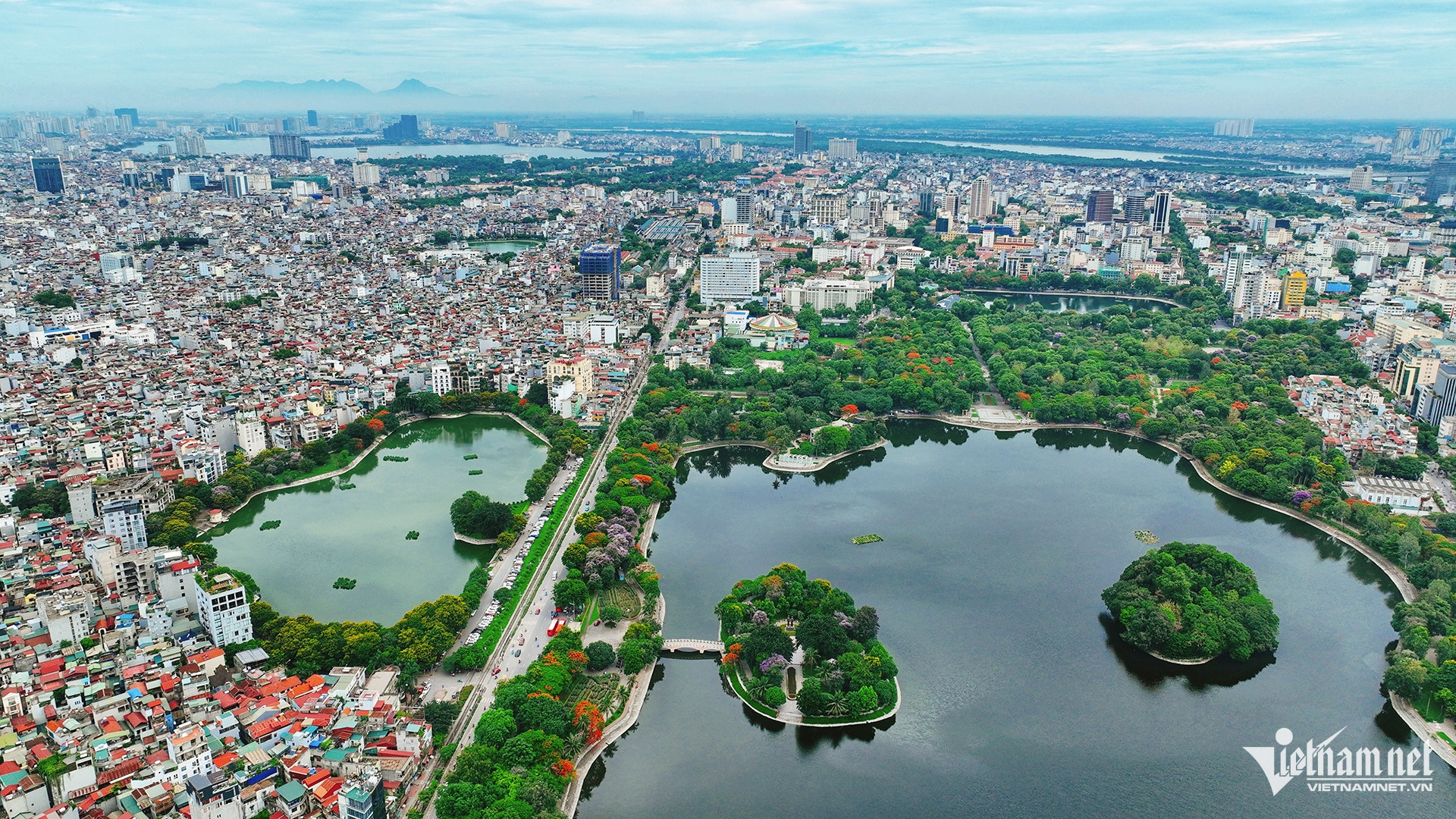As part of a major administrative restructuring, Vietnam is preparing to dissolve the district-level government system, which will impact 696 administrative units nationwide, including 84 provincial cities.
The Central Committee of the Ho Chi Minh Communist Youth Union recently provided input on the restructuring plan, which is currently under review by ministries and local authorities. Under the new model, Vietnam’s local government structure will be reduced to two levels: provincial and grassroots, eliminating the district level.
According to the amended Law on Local Government Organization (2025), district-level administrative units currently consist of districts, urban districts, towns, provincial cities, and cities under centrally governed municipalities.
Impact on provincial cities and urban centers
Following two previous rounds of administrative mergers (2019–2021 and 2023–2025), Vietnam currently has 696 district-level units. This includes two cities under centrally governed municipalities (Thu Duc in Ho Chi Minh City and Thuy Nguyen in Hai Phong), 84 provincial cities, 53 towns, 49 urban districts, and 508 districts.
Under the new restructuring plan, these district-level units - including all 84 provincial cities - will no longer function as independent administrative entities.
These 84 provincial cities are key economic, cultural, and transportation hubs within their respective provinces. Many of them serve as administrative centers, housing government offices and institutions. Some have also been designated as regional economic and cultural centers.
A number of these cities, such as Bac Ninh, Di An, Dong Ha, Soc Trang, Thu Dau Mot, Tu Son, and Vinh Long, have high urbanization rates and consist solely of wards, without any communes.
Among Vietnam’s 57 provinces, Quang Ninh and Binh Duong have the highest number of provincial cities, each with five:
Quang Ninh: Ha Long, Mong Cai, Uong Bi, Cam Pha, Dong Trieu
Binh Duong: Thu Dau Mot, Di An, Thuan An, Tan Uyen, Ben Cat
Recent additions to the list of provincial cities include Phu My and Hoa Lu (both established in 2025) and Dong Trieu and Ben Cat (both established in 2024). Meanwhile, Thuy Nguyen was upgraded to a city under Hai Phong, a centrally governed municipality, on January 1, 2025.
Historical significance of Vietnam’s provincial cities
Some of these cities have deep historical roots. Da Lat, established in 1893, was the first provincial city in Vietnam. Originally built by the French as a resort town due to its cool climate and scenic landscape, Da Lat quickly became a leading tourism and education center in Indochina. Today, it is a first-class urban center and the political, economic, and cultural heart of Lam Dong province and the Central Highlands.
Following Da Lat, several other cities were established in the 20th century:
Nam Dinh (1921)
Hue (1929) – Recently upgraded to a centrally governed city in early 2025
Viet Tri (1962)
Vinh (1963)
My Tho (1967)
Nha Trang (1977)
Quy Nhon (1986)
Most of the remaining provincial cities were established between 2000 and 2020, reflecting Vietnam’s rapid urbanization and economic growth.
Nguyen Thao
